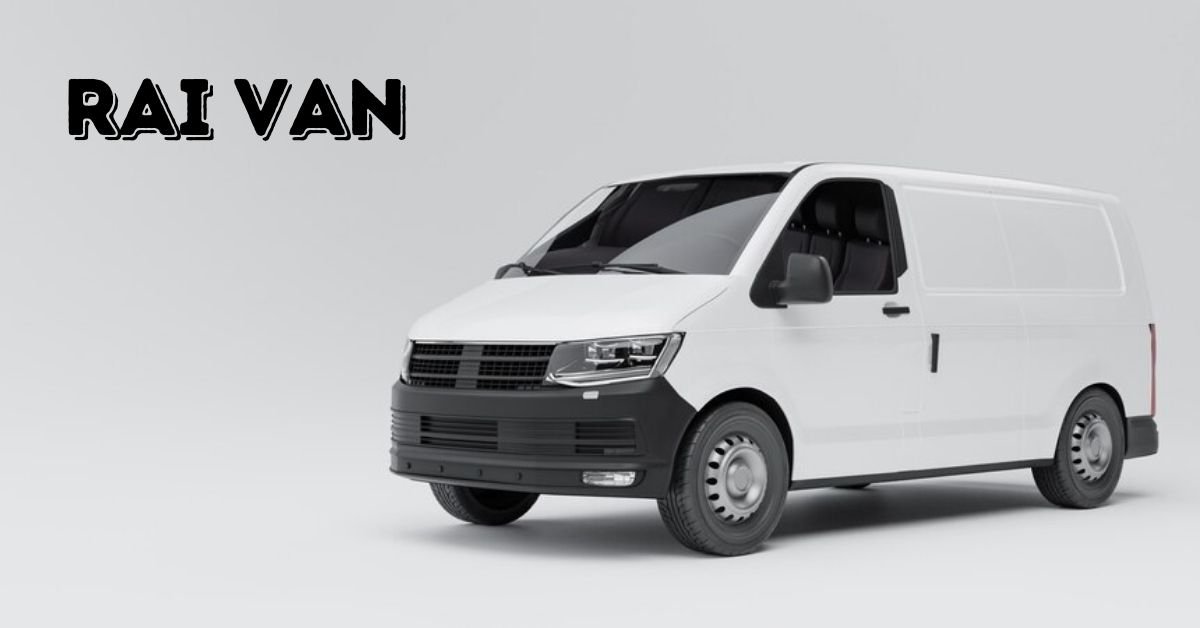Just imagine for a second if transportation in the future could radically alter the way we travel, drastically cut down on pollution, and blend in with our existing routines. Step forward Rai Van, a game-changing idea in contemporary transportation that guarantees to accomplish precisely that. But how does Rai Van work, and why is it going to revolutionize city transportation?
The Evolution of Transportation
Since the days of carriages pulled by horses, transportation has advanced greatly. The development of steam engines, cars, and, more lately, EVs is nothing new. More effective, environmentally friendly, and user-friendly forms of transportation are on the horizon, thanks to each step forward. With cities across the globe facing pollution and traffic congestion, the transition to sustainable transportation is more important than ever.
More details: https://trustwino.com/
What is Rai Van?
Rai Van is a cutting-edge public transit system that aims to transform how people move around cities. A streamlined, efficient, and eco-friendly form of transportation, it integrates the most recent developments in autonomous driving, renewable energy, and smart city technologies. Imagine a shuttle service from the future that connects with the city’s infrastructure to streamline routes and cut down on travel time. It can be called upon when needed, runs on its own, and functions autonomously.
How Rai Van Works
Advanced autonomous driving technology is the backbone of Rai Van’s operation. These cars can safely traverse intricate urban areas thanks to their sensors, cameras, and artificial intelligence algorithms. Dedicated lanes, renewable energy charging stations, and intelligent traffic control systems that can connect with vehicles to make sure everything runs well are all parts of the necessary infrastructure.
Benefits of Rai Van
Environmental Impact
By switching to renewable energy for its electric power, Rai Van drastically cuts down on carbon emissions. Both the fight against climate change and the improvement of urban air quality are aided by this.
Economic Advantages
Both cities and individuals can save money by using Rai Van. Less time and money spent stuck in traffic would result from a decrease in congestion. Furthermore, compared to conventional vehicles, electric autonomous vehicles typically have cheaper maintenance expenses.
Convenience for Users
Envision a transportation system that is always open, picks you up just outside your house, and drives you straight to your destination without making any stops. Traveling has never been easier than with Rai Van’s unrivaled ease.
Technological Innovations in Rai Van
Autonomous Driving Technology
Rai Van drives itself using state-of-the-art autonomous technology. To guarantee the safety of their passengers, these vehicles can drive themselves through congested city streets, identify potential hazards, and make split-second decisions.
Renewable Energy Integration
In particular, Rai Van’s use of renewable energy sources stands out. Solar panels and wind turbines are installed at charging stations to guarantee a sustainable energy source.
Advanced Safety Features
Rai Van was built with safety in mind. To make sure that passengers are safe, the vehicles have state-of-the-art safety measures such systems that prevent collisions, emergency brakes, and monitoring that works in real-time.
Rai Van vs. Traditional Public Transport
How does Rai Van compare to more conventional forms of public transportation, such as trains and buses? Although trains and buses get the job done, they aren’t always flexible, and there are usually a lot of people on board. But with Rai Van, you can get on-demand service, customize your route, and have a more individualized ride.
Case Studies and Real-World Applications
Rai Van has been a huge success in a number of cities that have started using it. Take Singapore as an example; their pilot scheme demonstrated dramatic improvements in commuting times and congestion. Rai Van is being considered for incorporation into the public transit systems of other cities as well, including Tokyo and Amsterdam.
Challenges and Limitations
Even though Rai Van has promising future potential, there will be obstacles to overcome. Several obstacles must be overcome, including technical ones like guaranteeing dependable autonomous operation in all weather situations, regulatory ones like overcoming red tape, and the requirement for public trust and acceptance of autonomous technology.
Future Prospects of Rai Van
As a result of rising interest from cities throughout the world and continuing technical developments, Rai Van has a promising future. Future iterations of Rai Van, made possible by ever-improving technology, will likely be even more efficient and easy to use, with the added bonus of maybe covering more ground and offering more varied routes.
Impact on Urban Planning
Urban environments could be reimagined by Rai Van. The infrastructure of cities will have to be rethought in order to include recharge stations and designated lanes. A decrease in the need for personal automobiles and an increase in pedestrian-friendly areas may result from this change.
Rai Van and Smart Cities
Rai Van is extremely important when it comes to smart city concepts. To make cities more efficient and linked, it can work in tandem with other smart city technologies like internet of things (IoT) devices and big data analytics.
Environmental Considerations
Rai Van’s positive effects for the environment go beyond just cutting down on emissions. It promotes sustainable lifestyles among city dwellers and aids in the wider adoption of green technology by highlighting the usage of renewable energy.
Economic Implications
Rai Van has far-reaching effects on the economy. New positions in technology, upkeep, and operations could be created as a result. Also, local governments can benefit from its cost-effectiveness, which allows for more efficient use of funds.
Conclusion
When it comes to contemporary transportation, Rai Van is a giant stride ahead. As an alternative to conventional public transportation, it is eco-friendly, effective, and easy to use. The future of urban transportation may be greatly influenced by the incorporation of Rai Van as cities undergo more development and change.
FAQs
What is the cost of implementing Rai Van?
The size and infrastructural needs of the city determine the cost of adopting Rai Van. Despite the hefty price tag, the investment pays out in the long run through reduced operational expenses and positive effects on the environment.
How does Rai Van ensure passenger safety?
To guarantee the safety of its passengers at all times, Rai Van vehicles are fitted with state-of-the-art safety measures like emergency braking, real-time monitoring, and accident avoidance systems.
Can Rai Van be used in rural areas?
While Ra’i Van is most commonly used in cities, it can be modified to fit rural areas, particularly in places with limited public transit choices.
What are the maintenance requirements for Rai Van?
To keep Ra’i Van running well, it is necessary to update the software, maintain the batteries, and check the autonomous driving systems on a regular basis.
How does Ra’i Van integrate with other modes of transportation?
With the help of smart city technologies, Rai Van can work in tandem with other forms of transportation to provide a more convenient and flexible multimodal transportation system.











